Home>Ideas and Tips>Home Gym Power Rack Selection: Versatile Strength Training
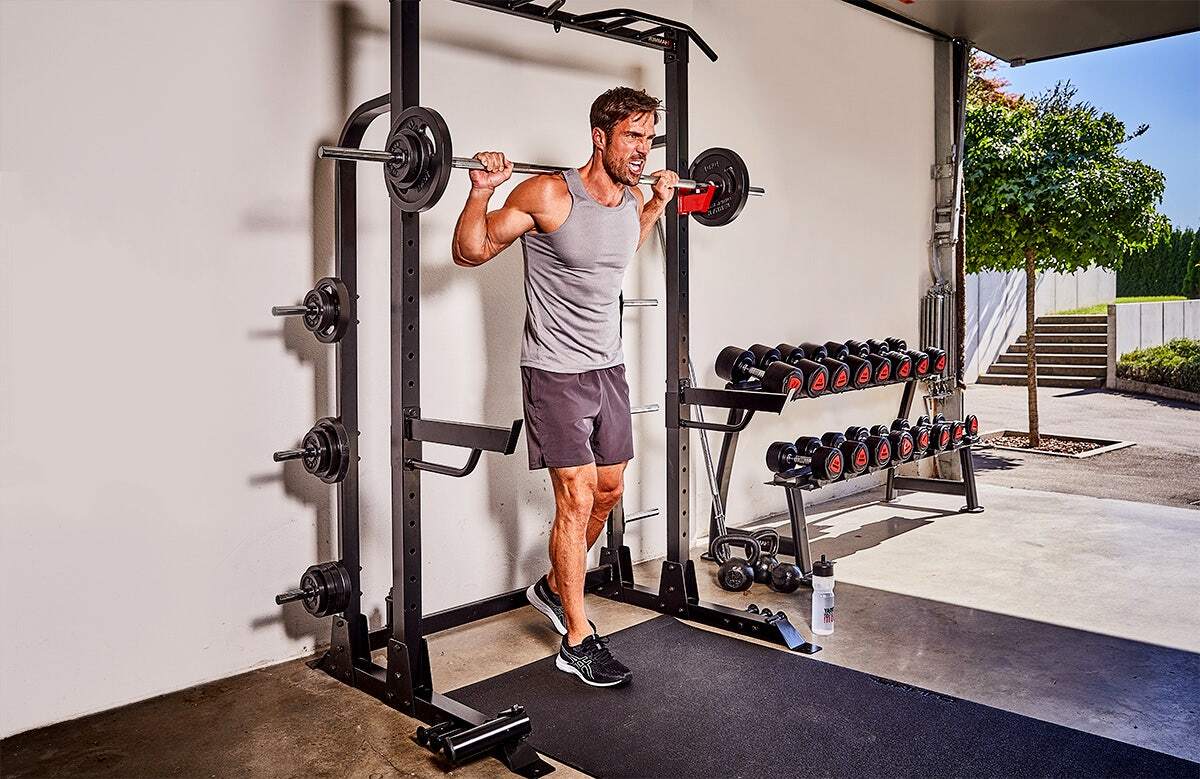

Ideas and Tips
Home Gym Power Rack Selection: Versatile Strength Training
Published: September 2, 2024
Discover how to choose the perfect power rack for your home gym. Enhance your strength training with versatile, safe, and space-efficient equipment.
(Many of the links in this article redirect to a specific reviewed product. Your purchase of these products through affiliate links helps to generate commission for Storables.com, at no extra cost. Learn more)
Creating a home gym can be an exciting and rewarding experience, especially when you have the right equipment to support your fitness goals. One of the most versatile and essential pieces of equipment for any home gym is the power rack. This article will guide you through the selection process of a power rack, highlighting its benefits, various features, and how to choose the right one for your home gym.
What is a Power Rack?
A power rack, also known as a power cage, is an all-in-one strength training machine designed to provide stable and safe support for various exercises. It consists of four vertical posts and at least two horizontal bars that create a frame-like structure. This setup allows for numerous strength training routines, making it an ideal choice for both beginners and experienced gym enthusiasts.
Key Features of a Power Rack
- Pull-up Bars: These are typically integrated into the top of the power rack, providing a convenient place to perform pull-ups and chin-ups.
- Band Pegs: These allow you to attach resistance bands for additional exercises.
- Holders for Plate Storage: These keep your weights organized and within easy reach.
- Safety Straps: These ensure that the barbell is securely held in place during exercises, providing an added layer of safety.
- J-hooks: These hooks support various barbell exercises by holding the bar in place at different heights.
- Extra Attachments and Accessories: Many power racks come with additional attachments such as benches, dip bars, pulley systems, and cable crossover attachments.
Benefits of Using a Power Rack
- Safety: One of the primary benefits of using a power rack is safety. It provides a secure environment for performing heavy lifts without the need for spotters, which is particularly important when training alone.
- Versatility: Power racks are incredibly versatile and can be used for a wide range of exercises including barbell and dumbbell powerlifting, squats, bench presses, military presses, shoulder presses, heavy rows, pull-ups, deadlifts, bicep curls, calf raises, lunges, and pulley system routines.
- Space Efficiency: Despite its versatility, a power rack can be quite compact and space-efficient. This makes it an excellent choice for those with limited space in their home or garage gym.
- Durability: High-quality power racks are built with durable materials such as heavy-gauge steel that can withstand heavy weight capacities.
How to Choose the Right Power Rack
Choosing the right power rack involves considering several factors to ensure it meets your specific needs and fitness goals.
Weight Capacity
The weight capacity of a power rack is crucial and should be chosen based on your expected usage. Most power racks have a weight capacity ranging from 500 pounds to 1,200 pounds, with average home models typically around 800 pounds. However, if you plan on performing heavy lifts regularly, you may want to opt for a higher weight capacity model.
Size and Dimensions
When selecting a power rack, consider its size and dimensions carefully. Full power racks can vary significantly in length and overall size. For example, Titan Fitness offers both short (82”) and tall (91”) models designed to fit various home gyms. Ensure that you have enough ceiling clearance before making your purchase.
Safety Features
A quality power rack should include several safety features such as J-hooks, safety bars, pin and pipe safeties, and safety catches or straps. These features are designed to hold barbells securely in place during exercises.
Attachments and Accessories
While many power racks come with standard attachments like J-hooks and safety straps, additional accessories such as benches for bench presses or pulley attachments for cable crossover exercises may need to be purchased separately.
Popular Power Rack Brands
Several brands offer high-quality power racks that cater to different needs and budgets.
- Titan Fitness: Known for their durable construction using heavy-gauge steel, Titan Fitness power racks are popular among home gym enthusiasts due to their reliability and affordability.
- Evolpow Fitness: Evolpow Fitness offers a range of power racks designed for versatility and ease of use. Their models often come with additional attachments like benches and pulley systems.
- Other Brands: Other notable brands include Rogue Fitness, Valor Fitness, and CAP Barbell, each offering unique features and price points.
Using a Power Rack in Your Fitness Routine
A power rack can be likened to a playground with every conceivable piece of equipment on it. Here’s how you can incorporate it into your fitness routine:
- Barbell and Dumbbell Powerlifting: Use the J-hooks to support barbells during squats, deadlifts, bench presses, and other powerlifting exercises.
- Squats: Place the barbell in the J-hooks at different heights to perform various squat variations.
- Chin-ups: Utilize the pull-up bars at the top of the power rack for chin-up exercises.
- Bench Presses: Attach a bench to perform bench presses safely within the confines of your power rack.
- Military Presses: Use the J-hooks to hold barbells securely while performing military presses.
- Shoulder Presses: Similar to military presses but with different grip positions.
- Heavy Rows: Attach cables or bands using band pegs for heavy row exercises.
- Pull-ups: Perform pull-ups using the pull-up bars integrated into most power racks.
- Deadlifts: Place barbells in J-hooks at different heights depending on your deadlift variation.
- Bicep Curls: Use dumbbells or barbells held by J-hooks for bicep curls.
- Calf Raises: Stand on a platform or step within your power rack setup for calf raises.
- Lunges: Perform lunges using dumbbells or barbells held by J-hooks if needed.
Are Power Racks Safe?
While power racks are designed with safety in mind, it's essential to understand their safety features and how to use them correctly:
- J-hooks: These hooks are designed to hold barbells securely but should always be used with caution.
- Safety Straps: These straps provide an additional layer of security by holding the barbell in place during exercises.
- Pin and Pipe Safeties: These features prevent the barbell from falling out of the J-hooks if it becomes dislodged during an exercise.
Conclusion
A power rack is an indispensable piece of equipment for any home gym due to its versatility and safety features. By considering factors such as weight capacity, size dimensions, safety features, and attachments/accessories when selecting a power rack, you can ensure that it meets your specific needs and enhances your overall fitness experience.
Whether you're a beginner looking to start your fitness journey or an experienced athlete seeking to optimize your training routine, incorporating a power rack into your home gym setup will undoubtedly provide numerous benefits that enhance both safety and effectiveness in your workouts.
Additional Tips for Building an Effective Home Gym
While this article focuses on power racks, here are some additional tips for building an effective home gym:
- Start Small: Begin with basic equipment like dumbbells or kettlebells before investing in more advanced gear like power racks.
- Space Optimization: Make the most of your available space by using multi-functional equipment like adjustable dumbbells or resistance bands.
- Variety of Exercises: Incorporate a variety of exercises into your routine to avoid plateaus and keep your workouts engaging.
- Personalization: Tailor your home gym setup according to your specific fitness goals and preferences.
By following these guidelines and incorporating a power rack into your home gym setup, you'll be well on your way to creating a versatile strength training environment that supports all aspects of your fitness journey.
References
- Coastal View: "Want a Home Gym? Try These Items (Pt. 1)"
- Titan Fitness: "Power Racks Ultimate Guide & How To Choose The Right One For…"
- Evolpow Fitness: "How to Choose a Power Rack for My Home Gym?"
By understanding what makes a power rack so versatile and essential for any home gym setup, you'll be better equipped to make informed decisions when selecting the right equipment for your fitness needs.
Was this page helpful?
At Storables.com, we guarantee accurate and reliable information. Our content, validated by Expert Board Contributors, is crafted following stringent Editorial Policies. We're committed to providing you with well-researched, expert-backed insights for all your informational needs.
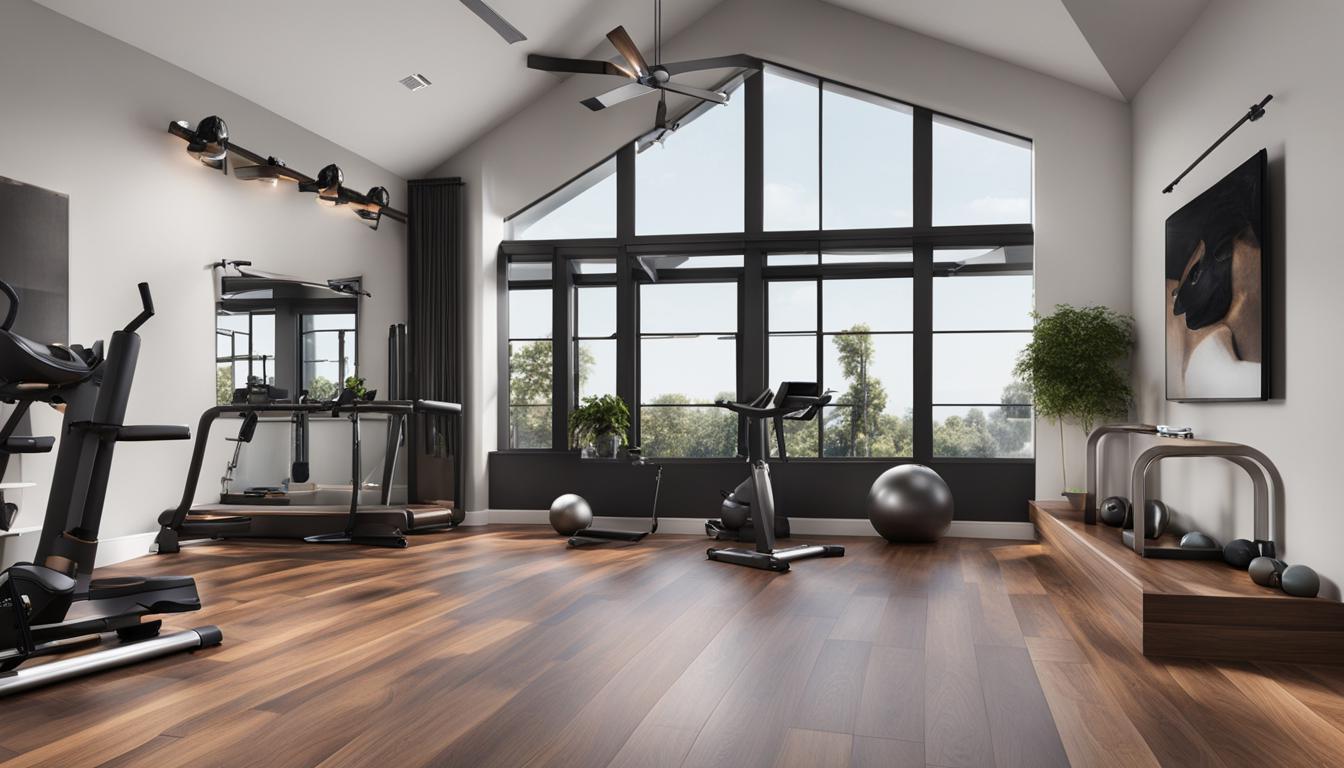
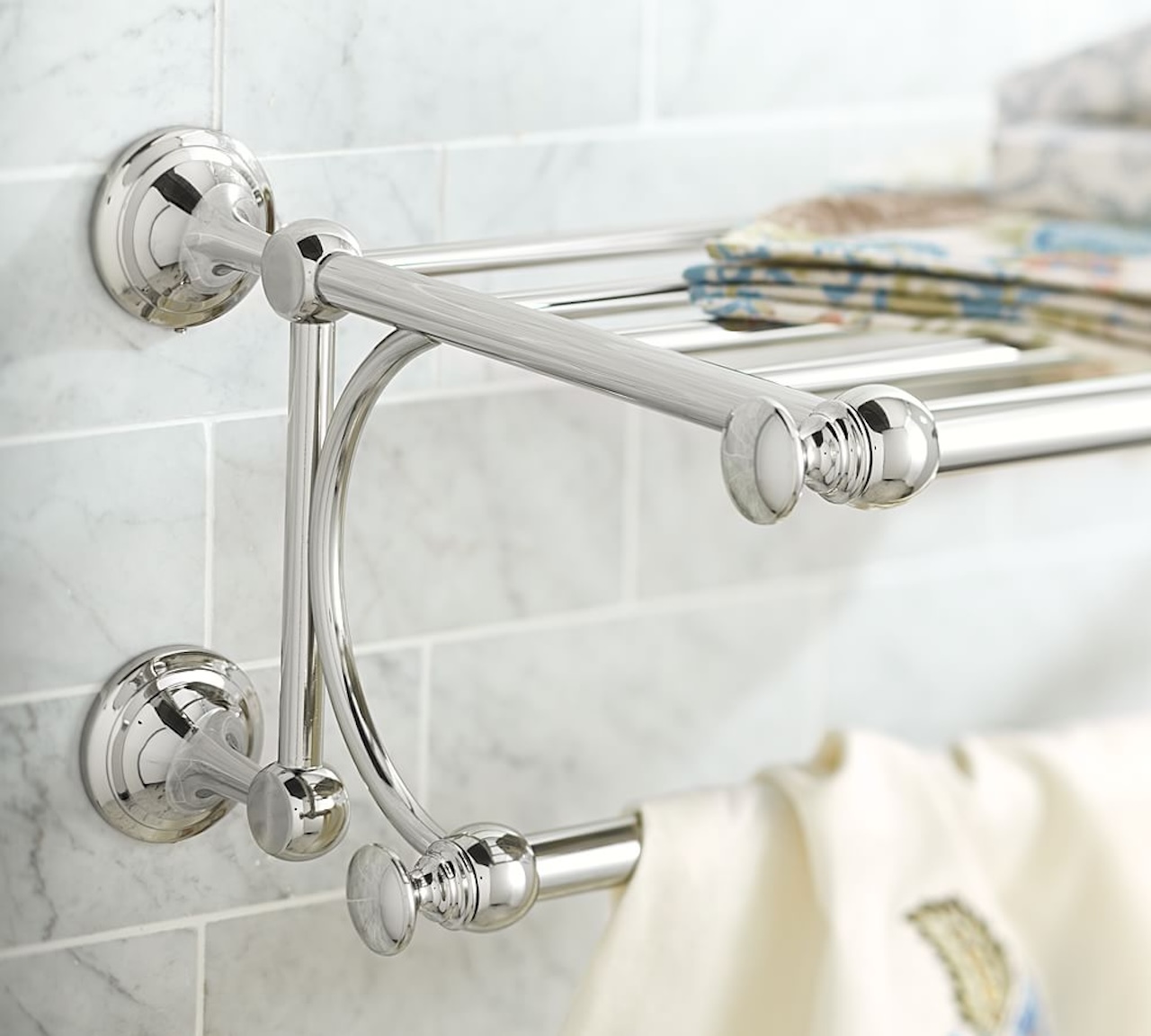
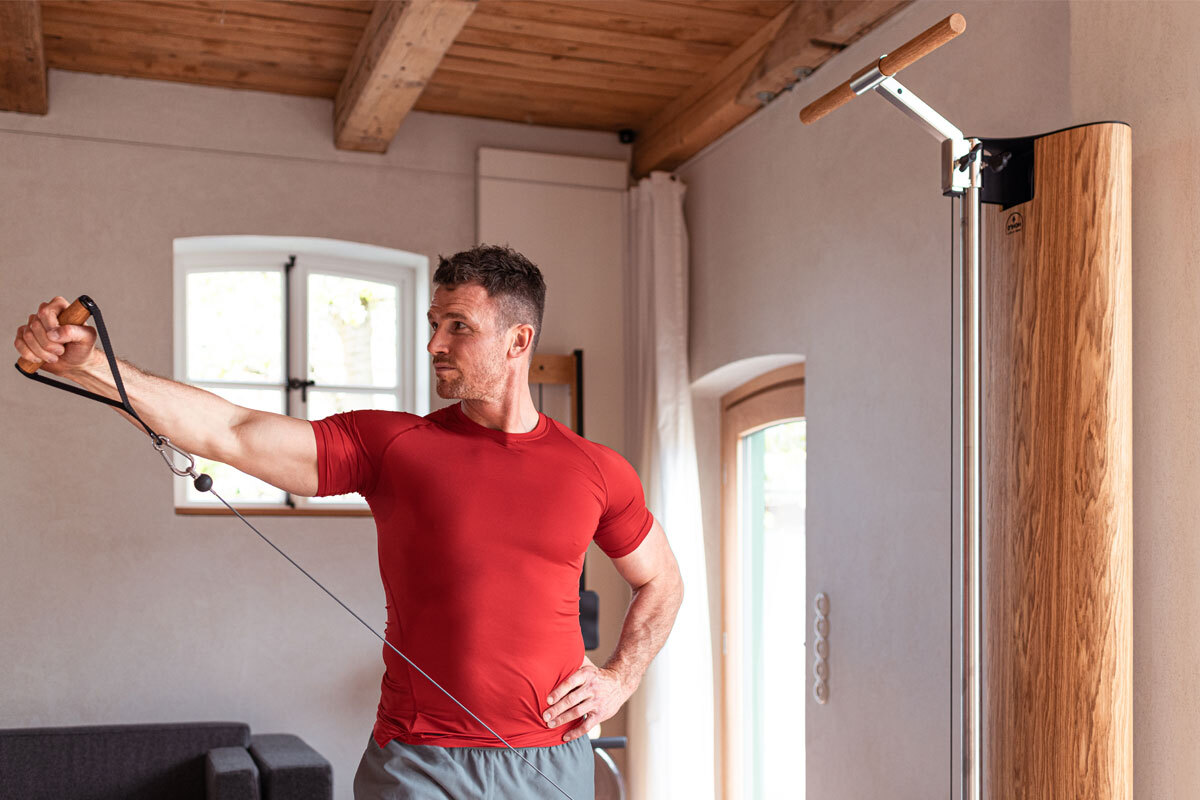
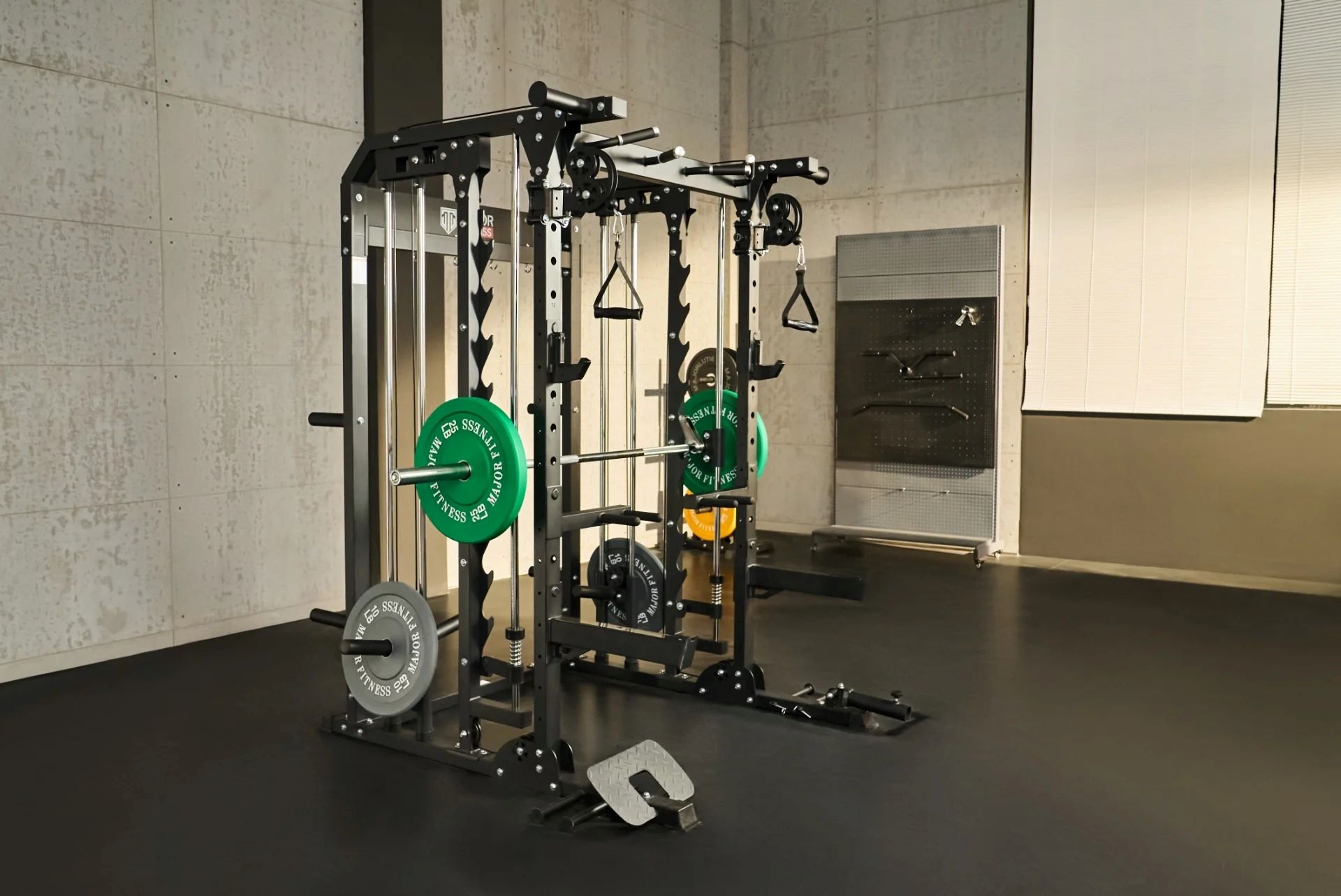
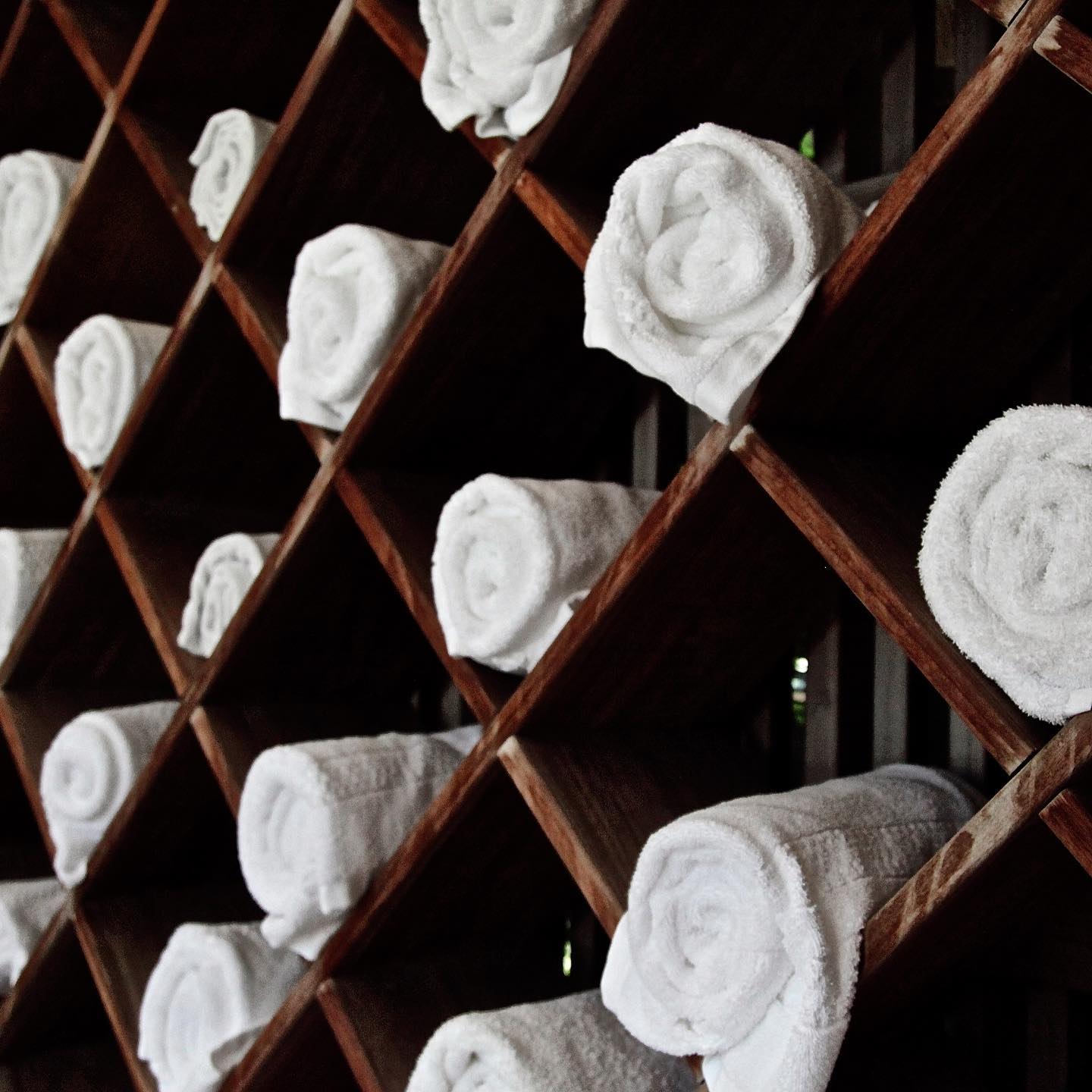
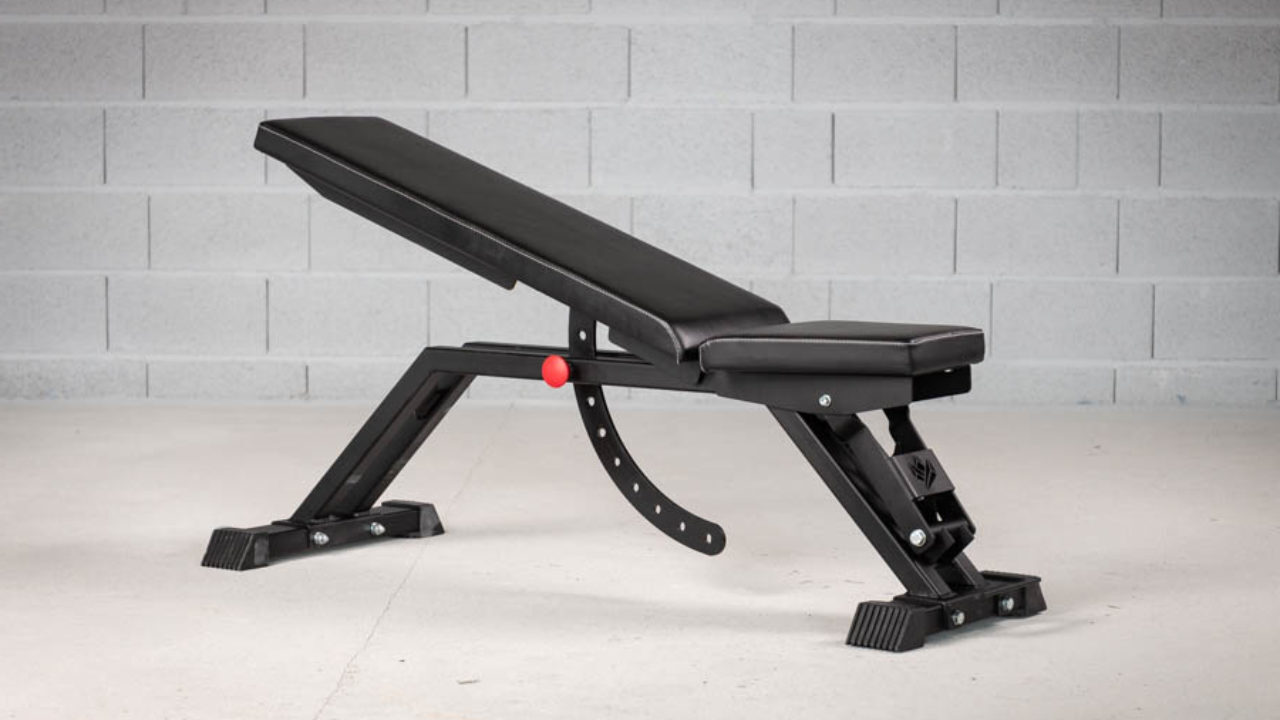
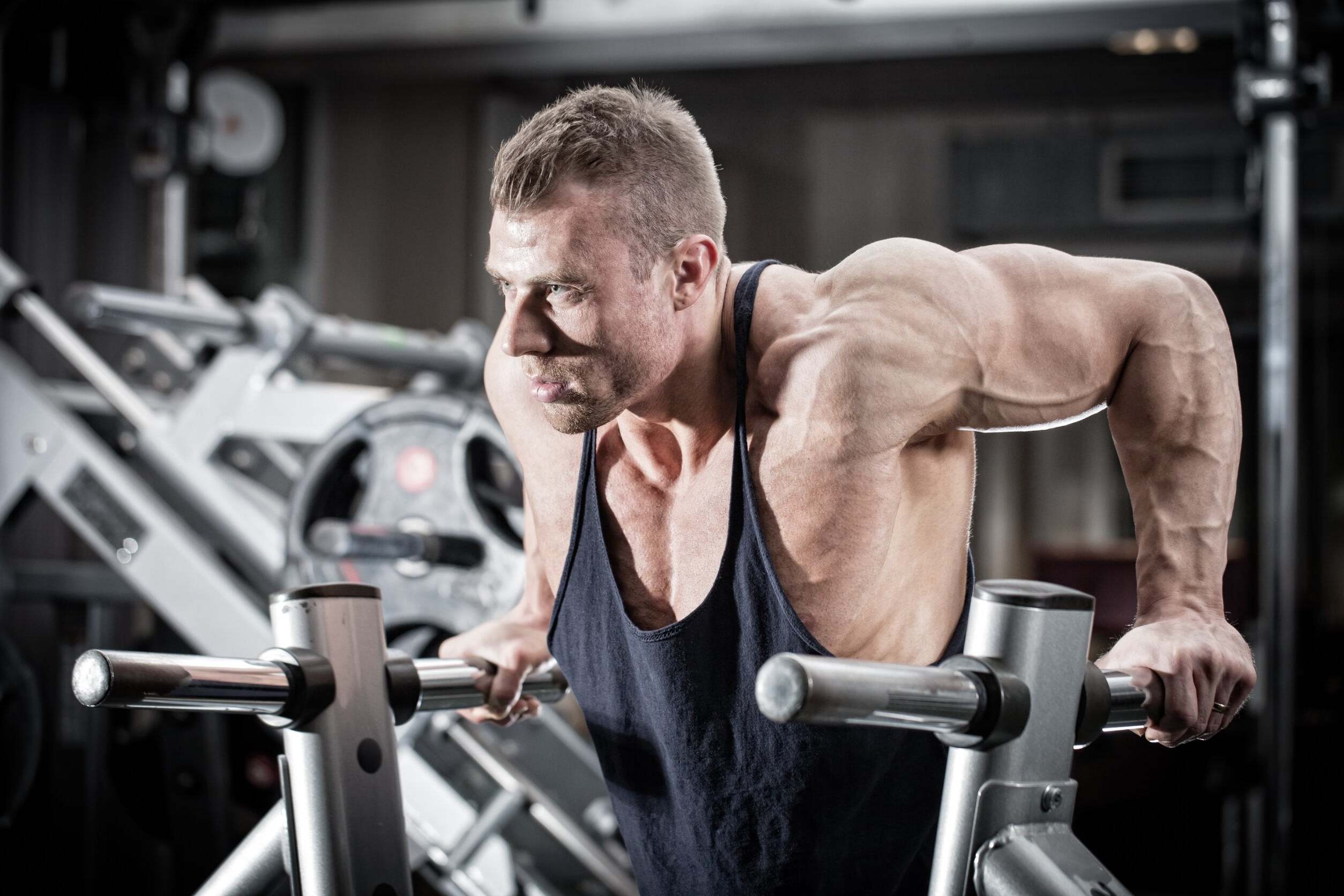
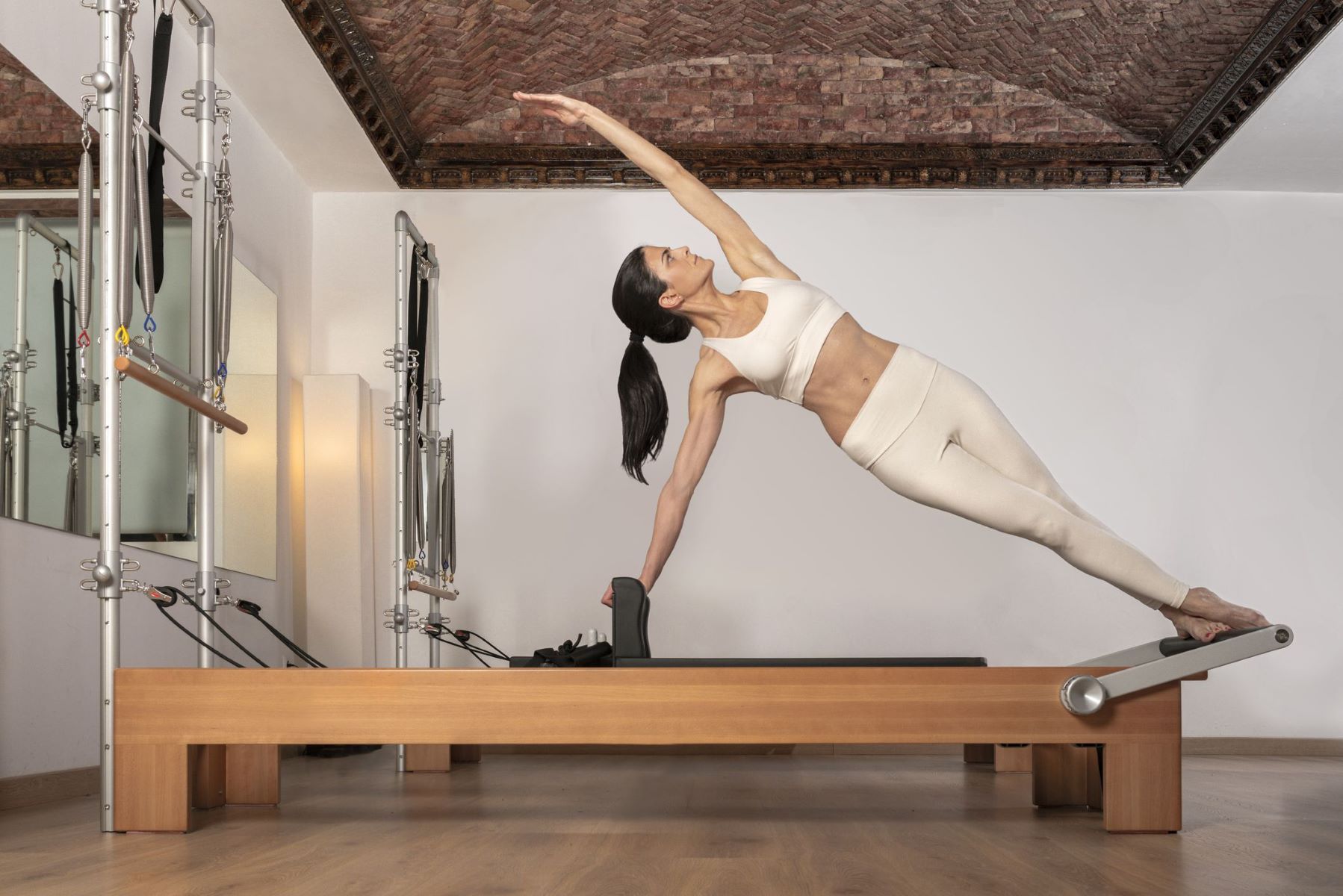
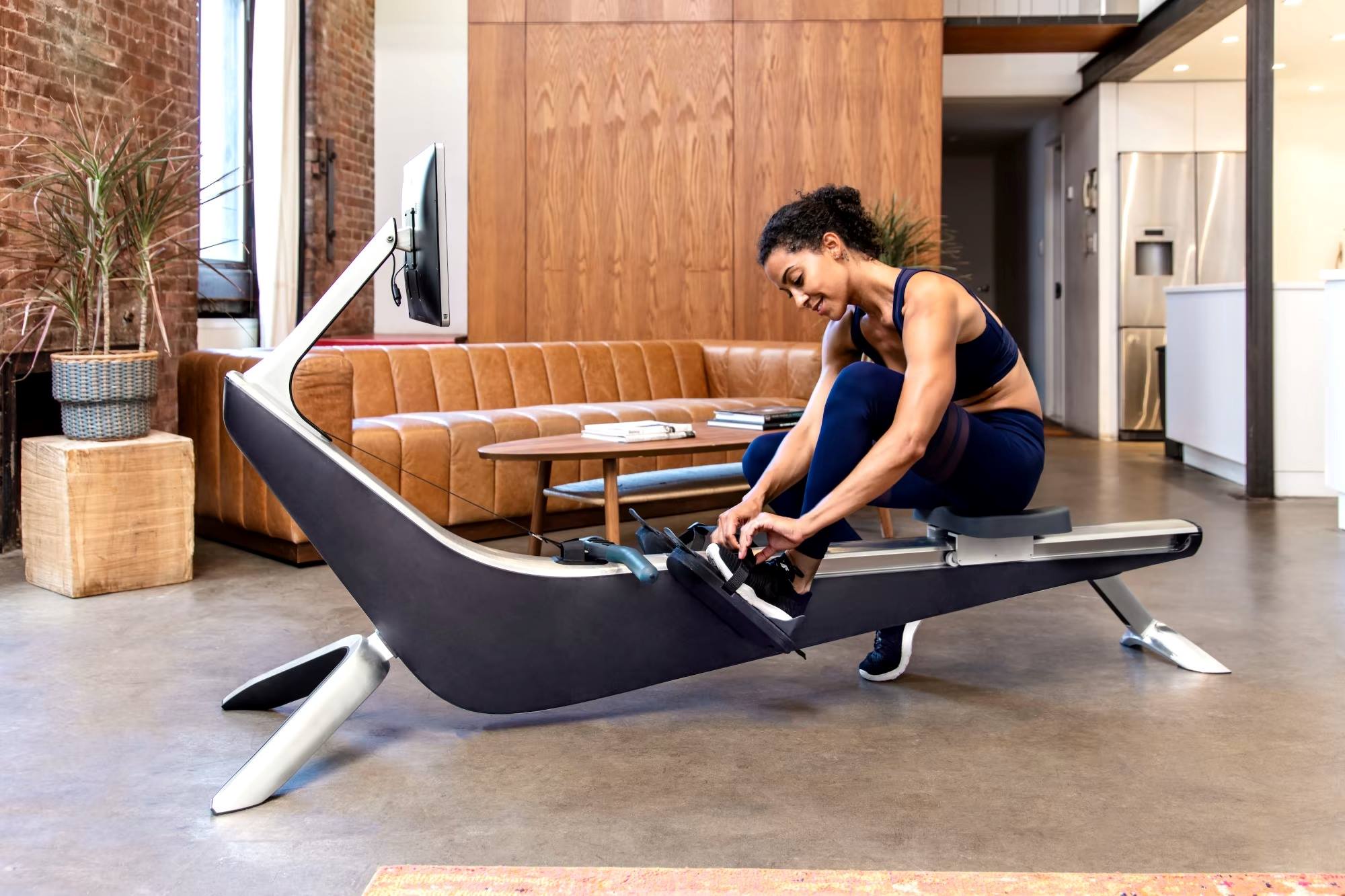
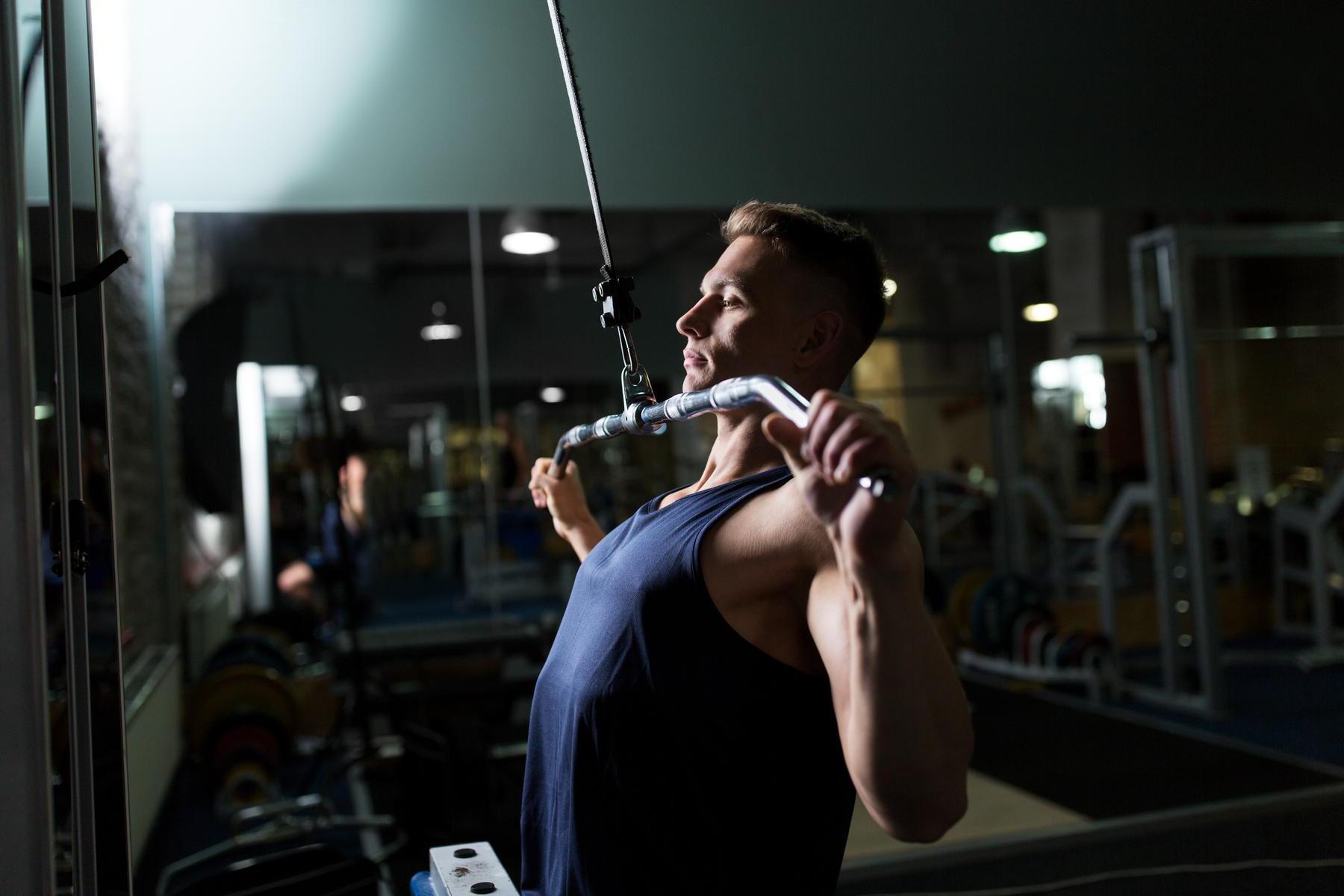
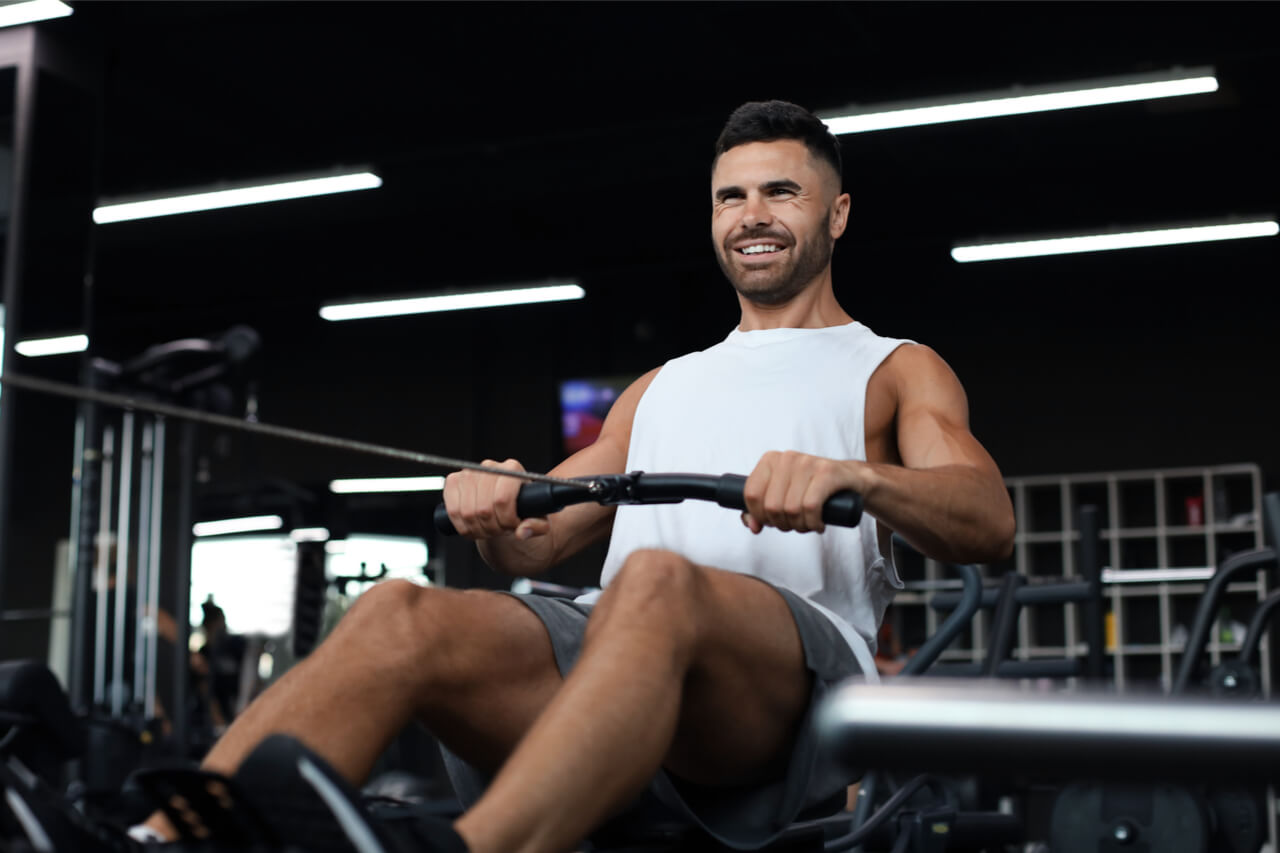




0 thoughts on “Home Gym Power Rack Selection: Versatile Strength Training”